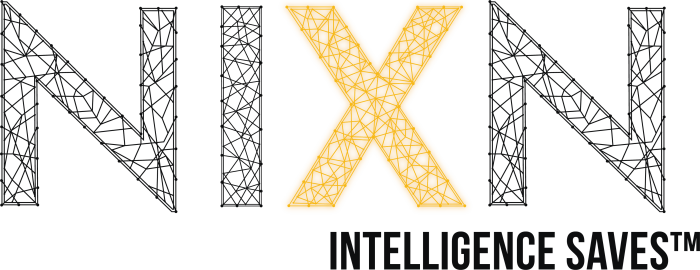Process > Outcome
Safety and Risk professionals across every industry from construction to general industry to insurance are scrambling to identify the most important measurements they can use to generate a sustainable and predictable safety performance. Outcome metrics (Incident Rate, TRIR, EMR, DART, Safe / Unsafe, etc.) is where the industry has landed. Outcomes do matter, however if we only track outcomes we do not know if this based on a process, a system, a style of decision making, or just luck. It is human nature to see an outcome and tell ourselves we as humans can control it, however, we all know when relying on other humans, that becomes impossible. The goal of every safety professional is to improve safety, quality, and costs, the metrics need to be grounded in evidence-based process measurements, that allow those same people to drive better outcomes.
Process Measures are Important
Process measures are the evidence-based best practices that represent a company’s efforts to systematize its improvement efforts. To illustrate this, I’ll use an injury prevention example. Let’s say your organization needs to reduce falls from height injuries. That is your outcome measure, you know your baseline rate, and you want to reduce it, but how are you going to actually drive improvement?
The answer is straightforward: by implementing and tracking the right process metrics. Process measures in this example are the steps that should be preformed every time an employee is working from heights 4.5 feet or more. Using NIXN preform risk assessments assessing and predicting risk of incident across all locations where employees work at heights 4.5 feet or more.
All employees at locations identified at 88 or more on NIXN risk scale would then go through a series of best practice preventative steps from engineering controls, proper planning, retraining, etc. As each step within the preventative process is completed you can reapply NIXN assessments identifying the highest yielding preventative steps. This process becomes scalable creating a sustainable solution that can last with the company.
Determining Root Cause to Solve the Problem
One of the greatest benefits of having this process metric data on hand is the ability to identify what is really causing the problem with employees working at heights. The problem does not stem from the people. It stems from your process. In most organizations, however, the system of incident reporting does not recognize this fact. The stigma attached to filling out the incident report “Employee Failed because he fell”. Often, many near misses then go unreported because of organizations focus on outcome metrics.
“Really, it is the process that failed, not the person.”
By tracking process measures, you can pinpoint the root cause of the system’s failure. You might find the employees are unable to maintain 100% tie off throughout job activity, or instead of being up on the platform scaffold would vastly reduce the need to be working from heights without adequate protection.
What you’re trying to do is move from a craftsmanship mentality to a system of production. And process metrics are the way that you do that. NIXN is the tool to systematically guarantee that employees perform in the safest manner, every time.
Process measures improve quality, cost, and safety by enabling organizations to reduce the amount of variation in job activity. When the correlation of employee and company performance are high, it is optimal to establish process metrics, to reduce variation, standardize output, and drive optimal outcomes.
NIXN Allows Companies to Trust the Process

So why don’t more organizations have these kinds of systems in place? The answer is that they don’t have the infrastructure to handle outcome and process metrics. If they only have the resources to track one of these, they’ll choose outcome metrics, because those are the measures that must be submitted to regulatory bodies and insurance providers.
The reason organizations struggle to track all types of measures is because their analytics methodologies rely too much on manual work. When you don’t have the RIGHT technology infrastructure in place to automate the extraction and distribution of data, you end up having to do it all manually via spreadsheets and paper documents. You might be able to successfully use manual methods to track improvement for one process or even two, but once you get to the third, fourth, or fifth process, the manual work becomes unsustainable. And without continuous measurement, you won’t be able to sustain the gains you made in one process once you move on to the next.
That’s where NIXN with a robust and flexible analytics architecture comes in. NIXN forms the foundation for risk analytics by bringing all an organization’s data into a single source of organizational truth. This makes it possible to eliminate many of the manual process of compiling data and instead, delivers the automation you need to track a wide variety of outcome and process measures simultaneously. With NIXN, safety and risk analysts can then focus their time on discovering patterns in the data that will lead to understanding, insight, and ultimately action. But without NIXN, it will be very difficult for analysts to provide reliable and repeatable reports and in-depth analyses of areas that will reveal the best opportunities for improving outcomes.


